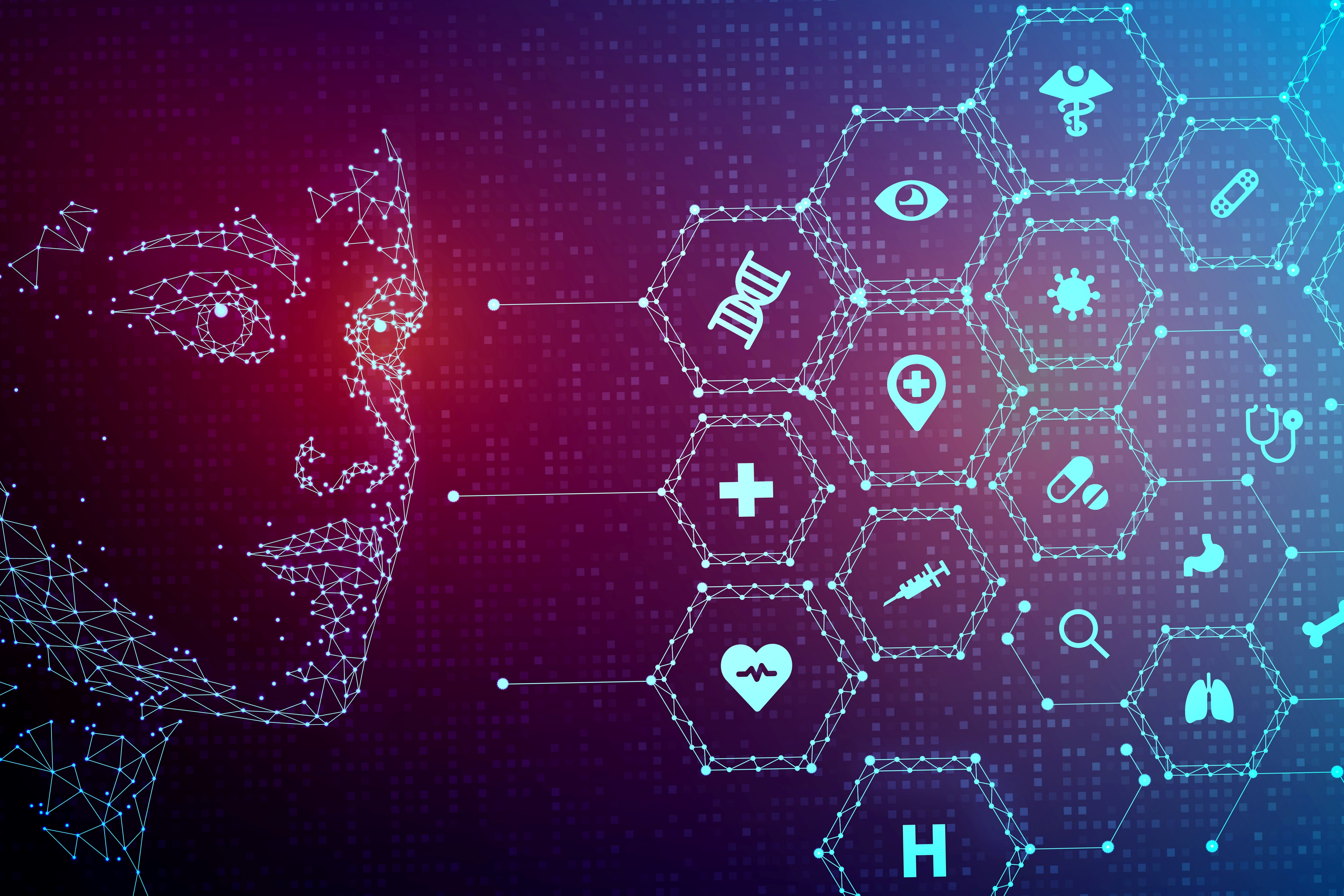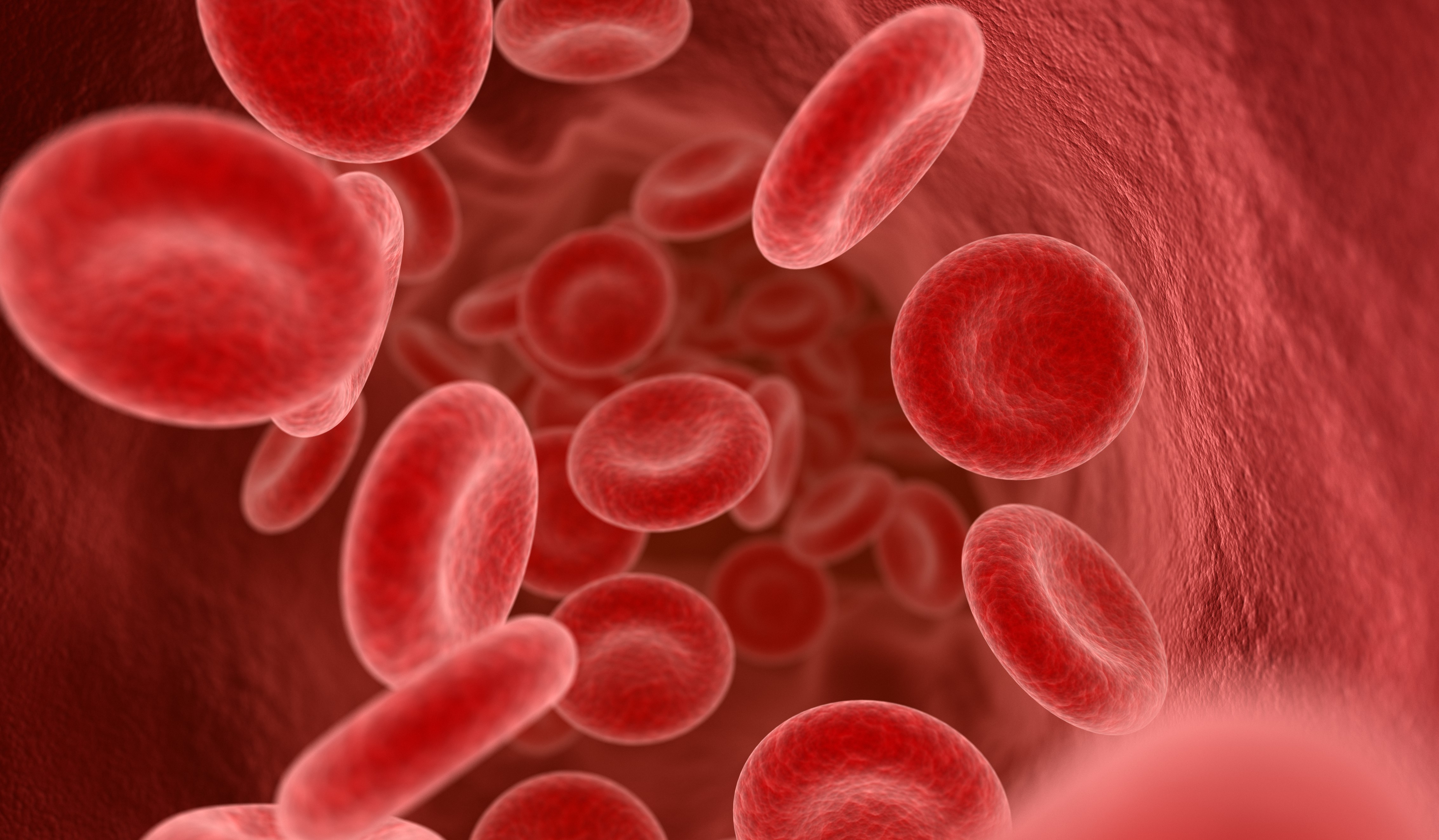The purpose of this working group is to bring together a community of hematologists, machine learning experts, AI developers, and technology innovators in order to discuss the current state of the science for AI and Machine Learning in Blood Diagnostics and Diseases.


- Develop a platform to share ideas how machine learning and AI can be used for Blood Diagnostics and Diseases
- Connect hematologists with AI and machine learning developers to brainstorm the needs of the clinic with current and future AI and machine learning tools
- Provide a fun atmosphere to network and meet new people
Please reach out to Ilana Goldberg ilana.goldberg@nih.gov with any ideas or suggestions for this group!
Let's use this space to showcase our work! Feel free to post what you are working. We can use this to inform our efforts in the field.
Check out this work by Meredith Fay on her iClots tool iCLOTS: interactive Cell Labeled Observation and Tracking Software | Interagency Modeling and Analysis Group (nih.gov)!
Project description:
- The Lam lab and associated collaborators, funded by the NIH, have identified a need for easy-to-use software-based tools to analyze the information-rich imaging data obtained with ever-improving novel in vitro microscopy-based assays, including microfluidic assays.
- Computational methods capable of processing/interpreting large amounts of imaging data efficiently represent a solution. However, application requires a level of computational expertise impractical for most researchers.
- We present a user-adaptable toolkit packaged into the open-source, standalone Interactive Cellular assay Labeled Observation and Tracking Software (iCLOTS).
- iCLOTS has been designed to bring advanced image processing and data science approaches to all researchers and clinicians, regardless of computational experience.
Application information:
-
iCLOTS is comprised of four categories of image processing applications, a machine learning application, and a suite of video editing tools to help users format data properly.
-
Image processing capabilities are divided into four main categories: (1) adhesion, (2) single cell tracking, (3) multi-scale microfluidic accumulation, and (4) velocity time course/profile analysis.
-
iCLOTS-generated Excel files (or any files following formatting guides) may be used in iCLOTS' machine learning clustering algorithms. iCLOTS implements K-means algorithms to detect and mathematically characterize natural groupings and patterns within clinical data sets, such as blood cell subpopulations or healthy-clinical sample dichotomies.
-
iCLOTS does require specific data formats, e.g. image, image series, or video, depending on application. Users may want to shorten, rotate, crop, or normalize images for most ideal use. A series of video processing tools assists users in preparing their data for successful analysis.
Downloading and using iCLOTS: iCLOTS is open source, e.g. completely free to use and modify. Software for Mac and PC operating systems, detailed documentation, and methods to contact the development team are available at https://www.iCLOTS.org/. Methods-only scripts for interested users are available at https://www.github.com/LamLabEmory and software source code is available at https://www.github.com/iCLOTS.

